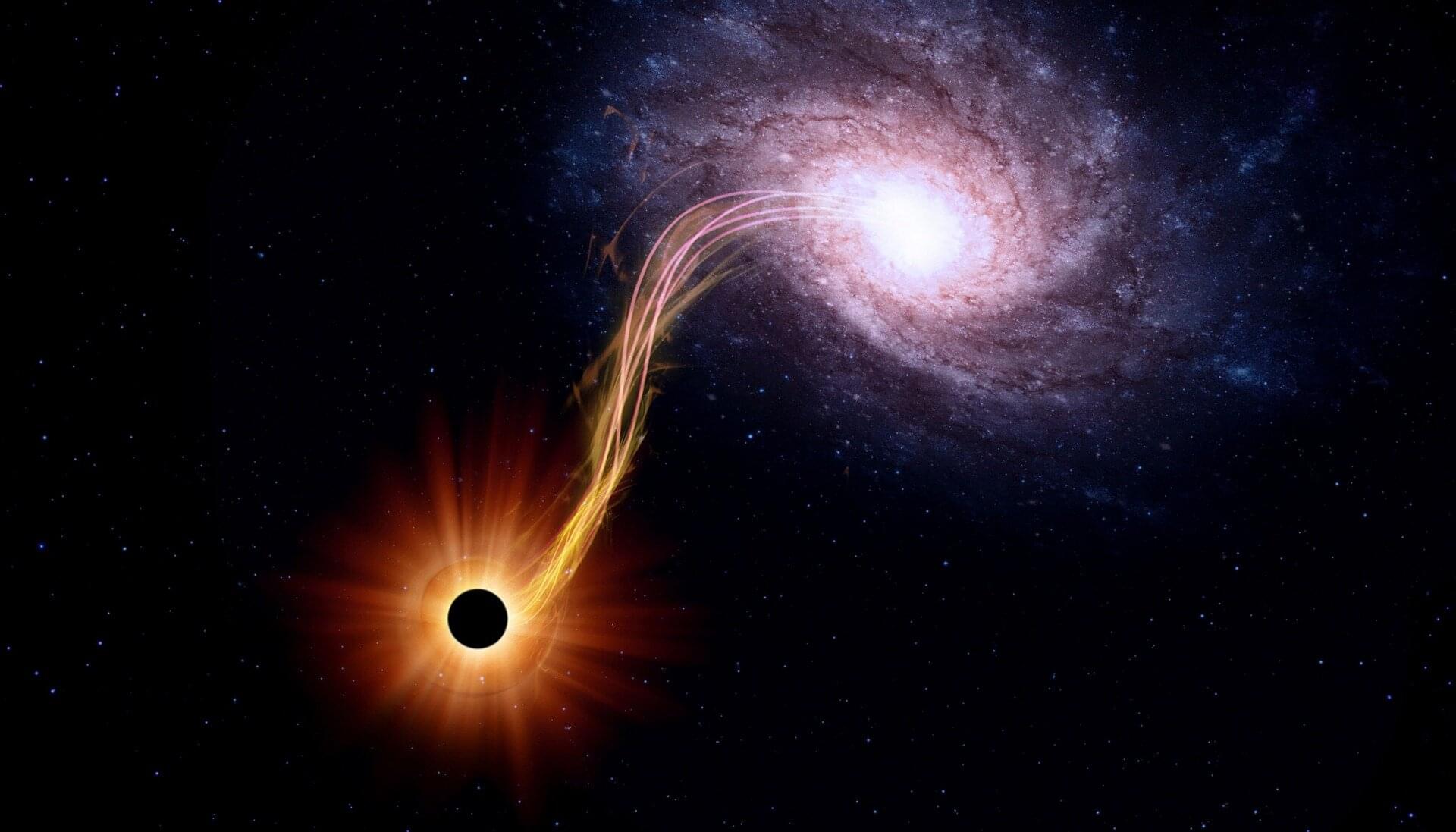China firm launches solar panel steering battery that works even in extreme −40°F.
A Chinese company has unveiled a lithium-iron-phosphate battery for solar trackers, that works reliably in extreme cold.
China firm launches solar panel steering battery that works even in extreme −40°F.
A Chinese company has unveiled a lithium-iron-phosphate battery for solar trackers, that works reliably in extreme cold.

End of the road for GPS? Image-based AI tool cuts navigation errors by nearly 40 times.
Global reliance on GPS has grown to the point where outages or signal interference can have serious consequences. From logistics and delivery fleets to aviation and defense, industries depend on precise navigation.
Yet GPS signals are vulnerable. Tall buildings, tunnels, jamming devices, or even atmospheric conditions can cause disruptions. By providing a GPS-free alternative, PEnG could make navigation more resilient and reliable.
The Surrey researchers argue that their work is as much about everyday convenience as it is about safety.

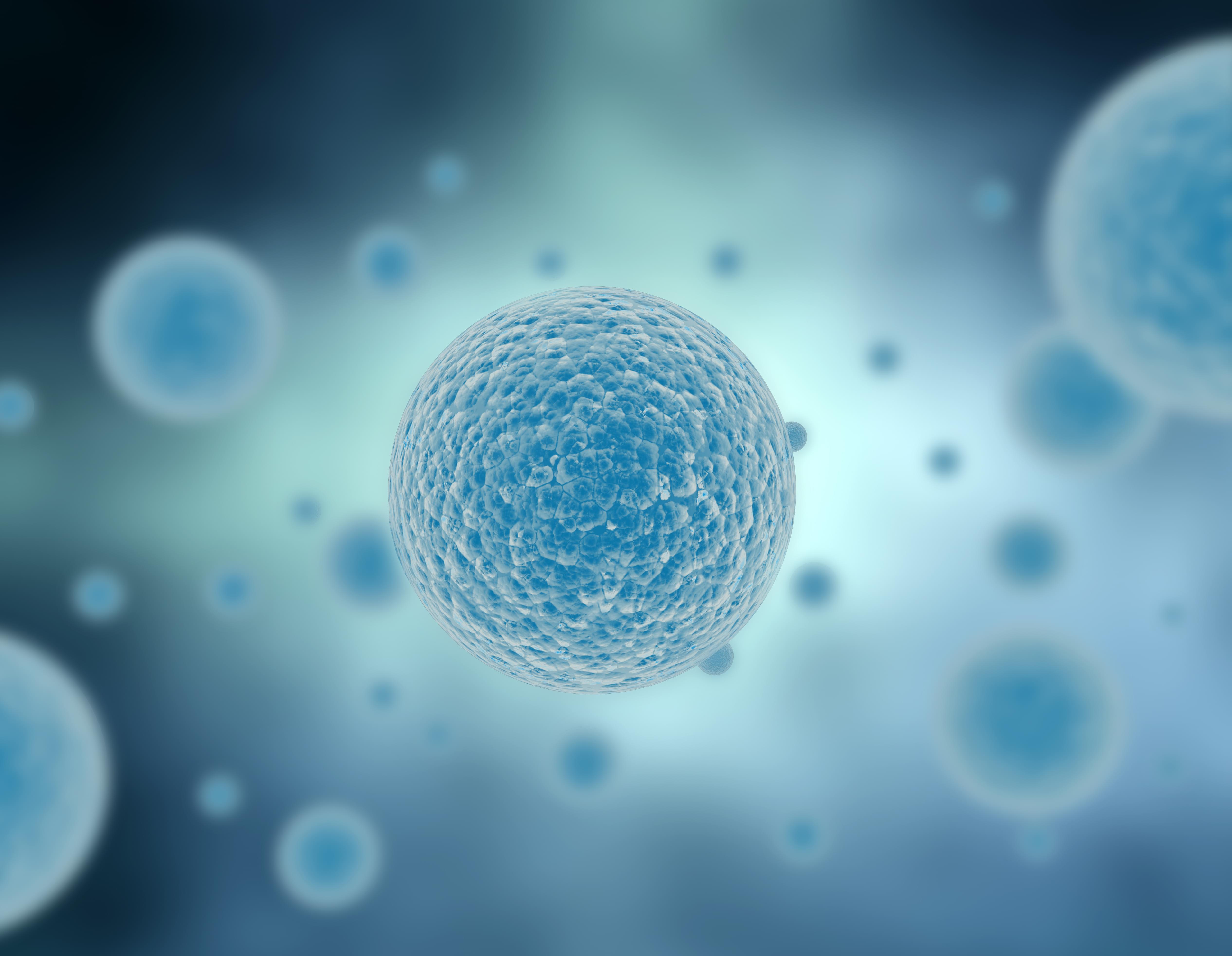
One of the most fundamental processes in all of biology is the spontaneous organization of cells into clusters that divide and eventually turn into shapes – be they organs, wings or limbs.
Scientists have long explored this enormously complex process to make artificial organs or understand cancer growth – but precisely engineering single cells to achieve a desired collective outcome is often a trial-and-error process.
Harvard applied physicists consider the control of cellular organization and morphogenesis to be an optimization problem that can be solved with powerful new machine learning tools. In new research published in Nature Computational Science, researchers in the John A. Paulson School of Engineering and Applied Sciences (SEAS) have created a computational framework that can extract the rules that cells need to follow as they grow, in order for a collective function to emerge from the whole.
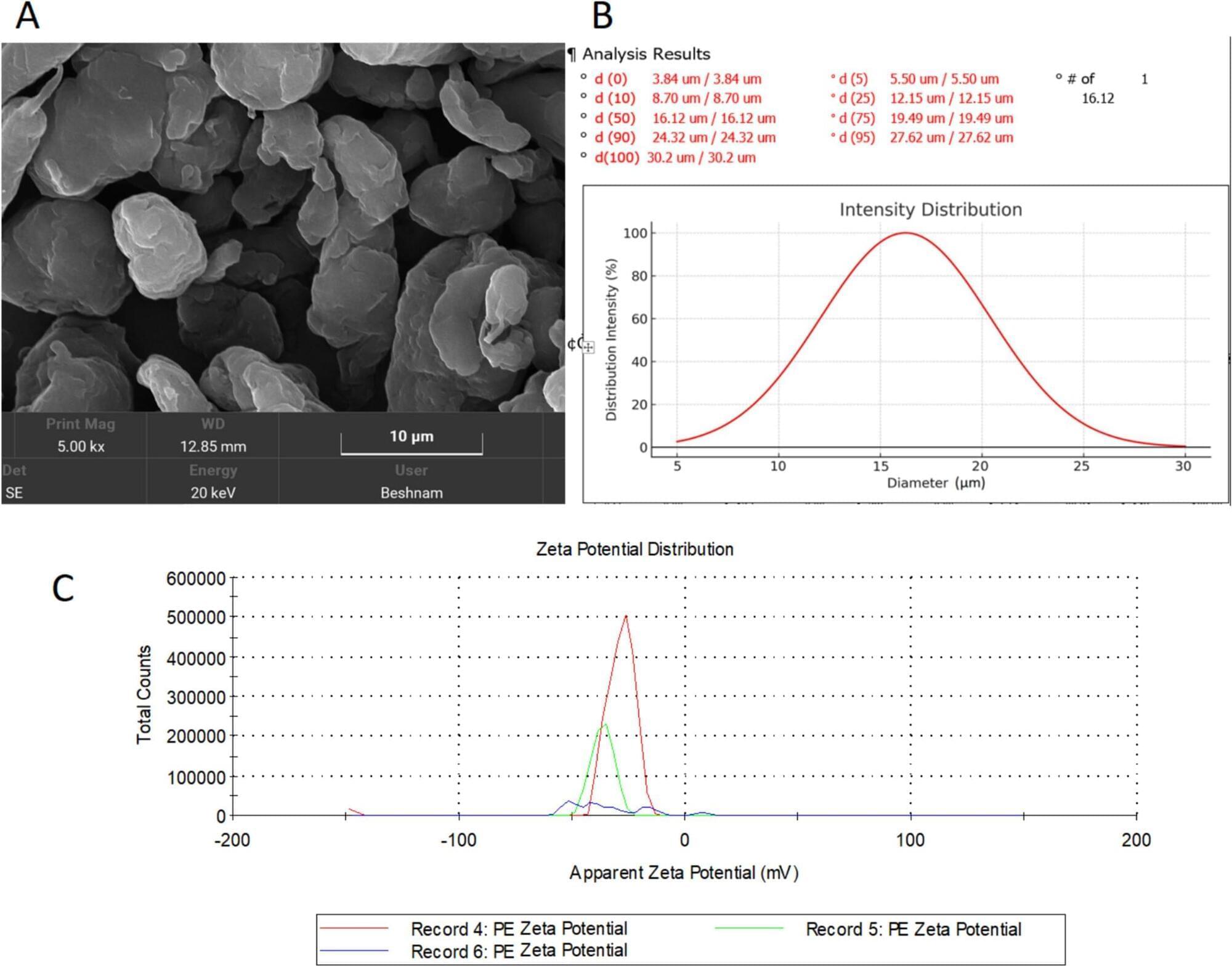
The widespread prevalence of plastics and in particular, microplastics (MPs) raises concerns about their potential toxic effects. MPs, defined as particles smaller than 5 mm, are distributed throughout ecosystem and can enter the human body through the food chain. There is a lack of knowledge regarding MP potential harmful effects on the mammal’s body, especially the brain. This study aimed to examine the impact of low-density polyethylene (LDPE) MPs (< 30 μm) on blood–brain barrier (BBB) integrity, oxidative stress, and neuronal health. Male rats were exposed to LDPE MPs via oral administration for 3 and 6 weeks. The results revealed no significant changes in brain water content across groups. However, BBB integrity was significantly compromised after both 3 and 6 weeks of exposure. Oxidative stress increased in MP-treated groups, evidenced by decreased superoxide dismutase (SOD) levels and elevated malondialdehyde (MDA). Additionally, brain-derived neurotrophic factor (BDNF) levels significantly declined in the 6-week group. Histological analysis indicated neuronal damage and death in both treatment durations. These findings demonstrate that chronic exposure to LDPE MPs impairs BBB integrity, increases oxidative stress, and induces neuronal damage in rats. The results highlight the neurotoxic potential of MPs and emphasize the need for further research to address their possible health risks.
Questions to inspire discussion.
🤖 Q: What is Tesla’s vision for autonomous vehicles? A: Tesla is prioritizing a robo taxi future with Cybercab and potentially Robovan, likely to focus on producing robo vehicles over traditional cars in the near future.
📊 Q: How does the Model Y L fit into Tesla’s robotaxi plans? A: The Model Y L would be a good fit for the robo taxi network, offering a bigger car with more versatility that people want, even if they don’t need the space, and would be a hot seller in the US market.
Tesla’s Full Self-Driving Progress.
🚀 Q: How close is Tesla to achieving full self-driving? A: With version 14 of FSD almost complete and version 15 likely to be the final needed version within a year, Tesla is expected to fully commit to the robo taxi future.
🏢 Q: How has Tesla’s leadership approached the robotaxi strategy? A: Tesla’s executives previously resisted Elon Musk’s push to bet the company on robo taxis, but are now likely to fully commit given the progress in FSD development.
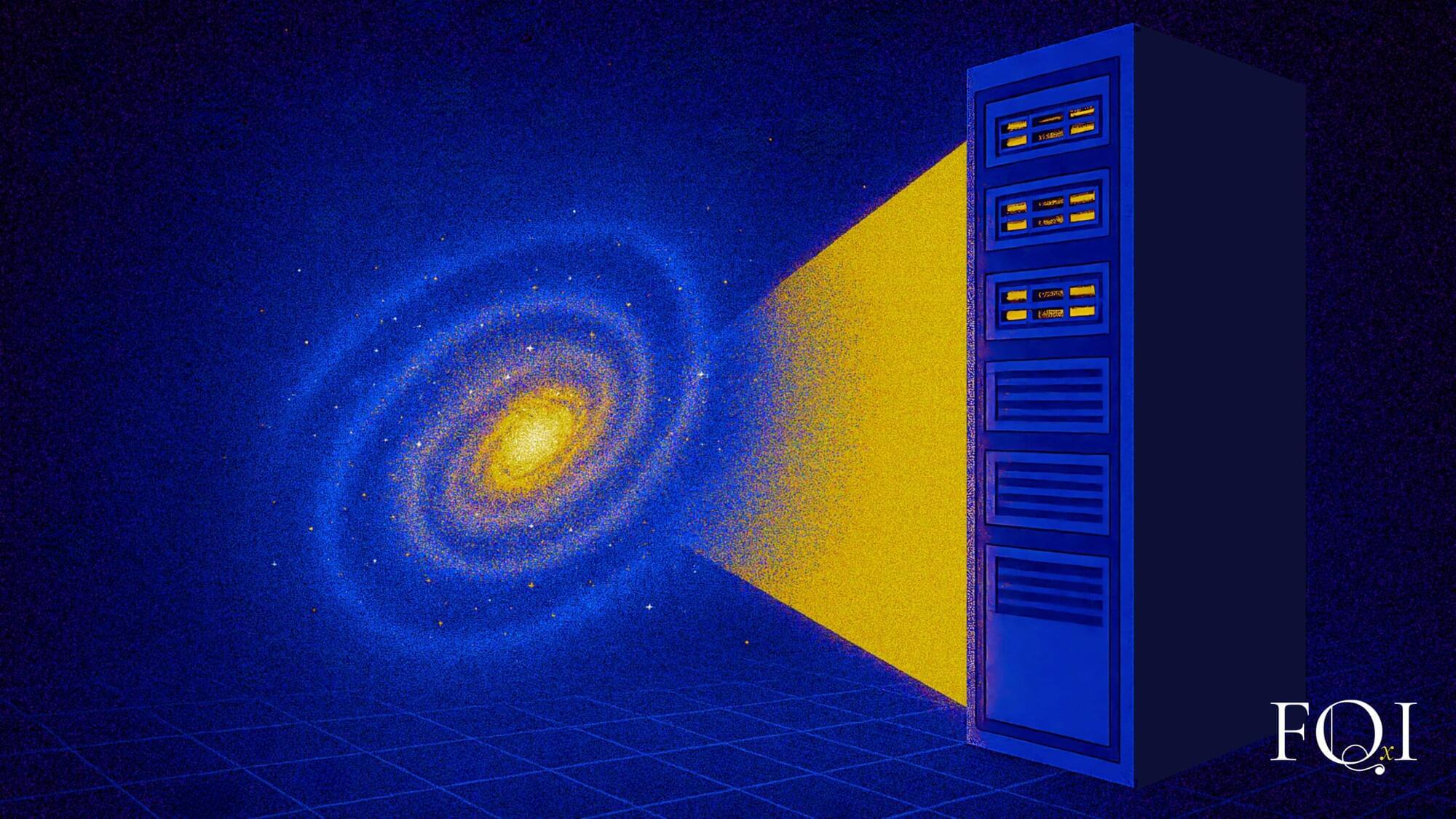
We’re often told it is “unscientific” or “meaningless” to ask what happened before the Big Bang. But a new paper by FQxI cosmologist Eugene Lim, of King’s College London, UK, and astrophysicists Katy Clough, of Queen Mary University of London, UK, and Josu Aurrekoetxea, at Oxford University, UK, published in Living Reviews in Relativity, proposes a way forward: using complex computer simulations to numerically (rather than exactly) solve Einstein’s equations for gravity in extreme situations.
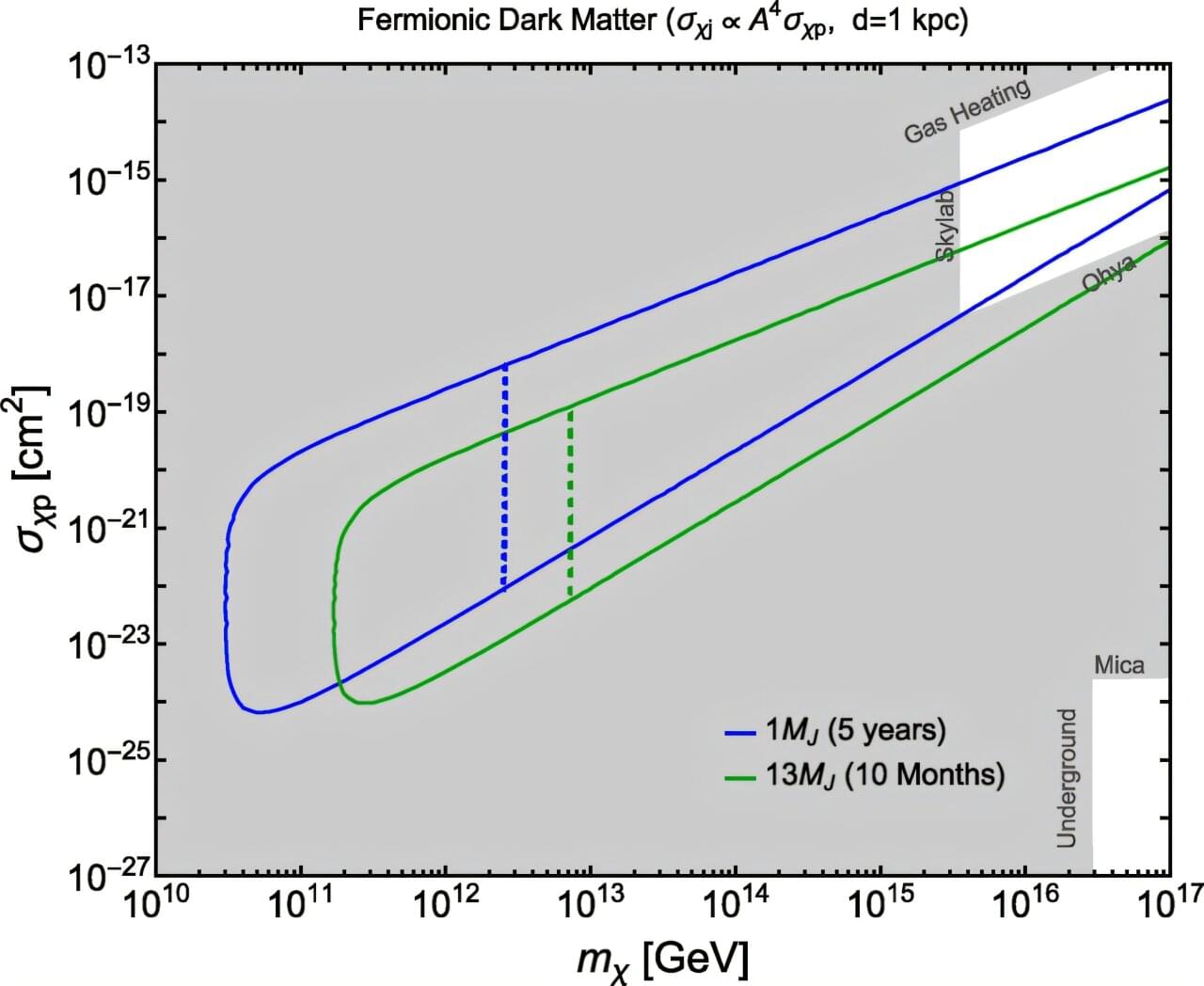
More than 5,000 planets have been discovered beyond our solar system, allowing scientists to explore planetary evolution and consider the possibility of extraterrestrial life. Now, a UC Riverside study published in Physical Review D suggests that exoplanets, which are planets orbiting stars outside our solar system, could also serve as tools to investigate dark matter.

